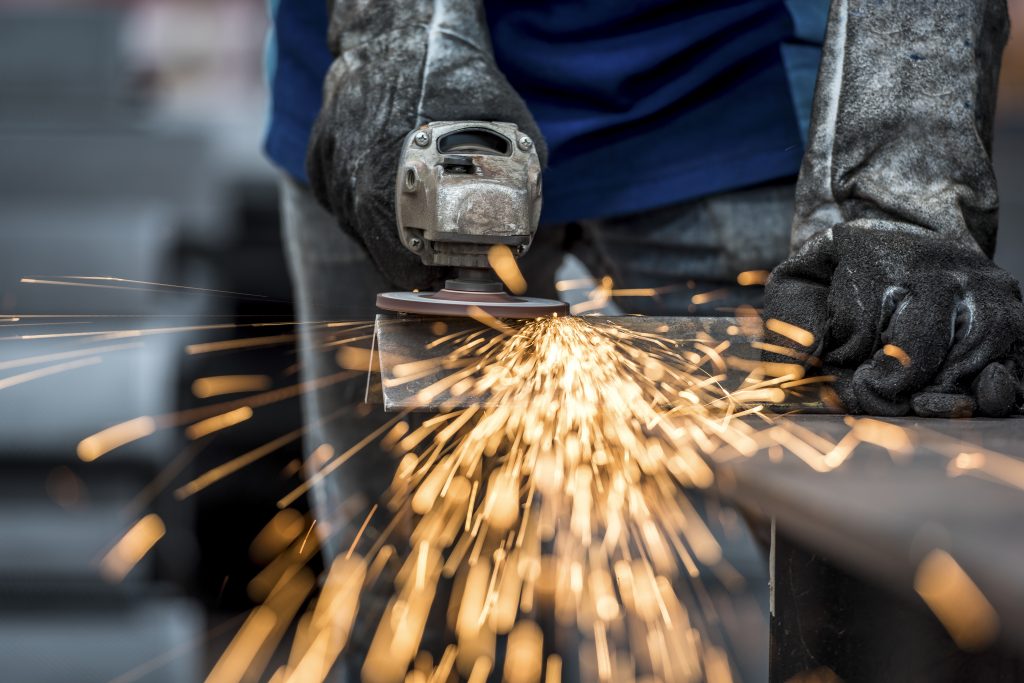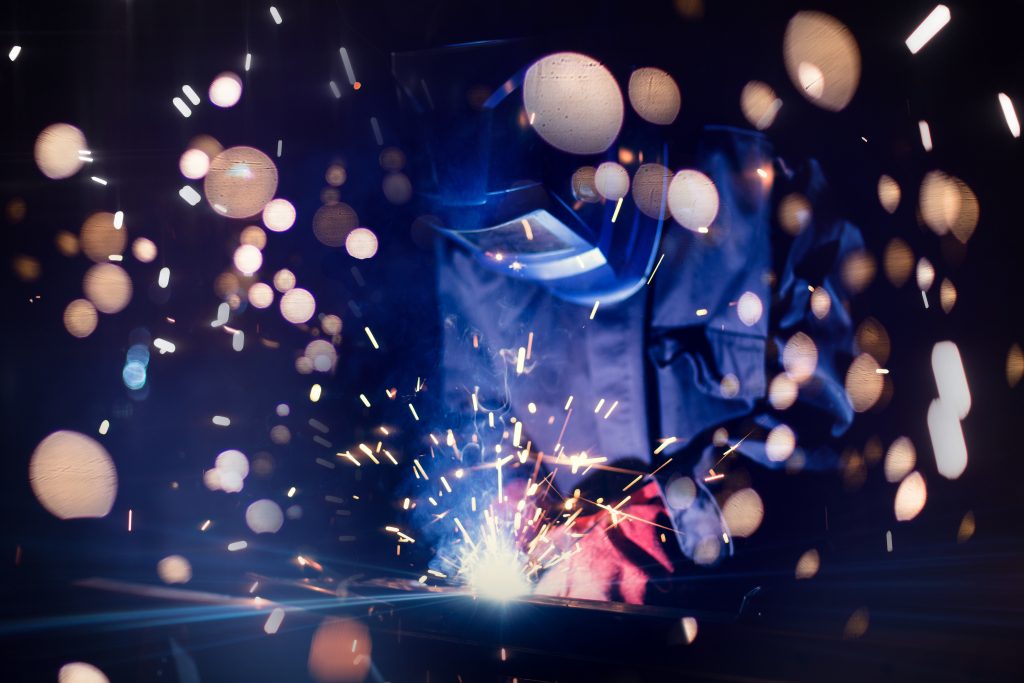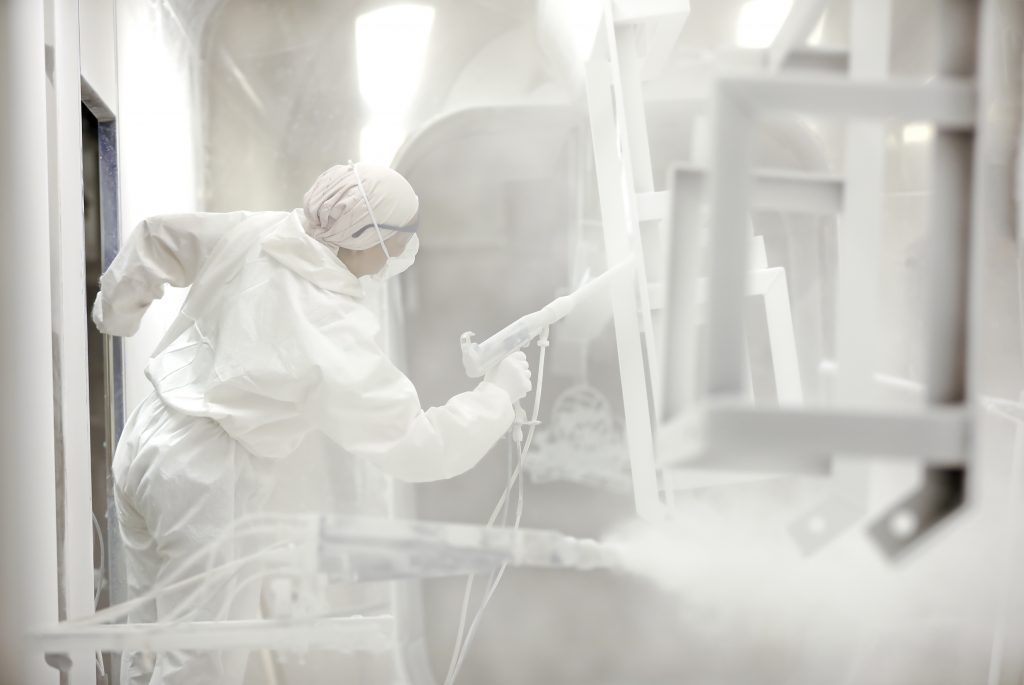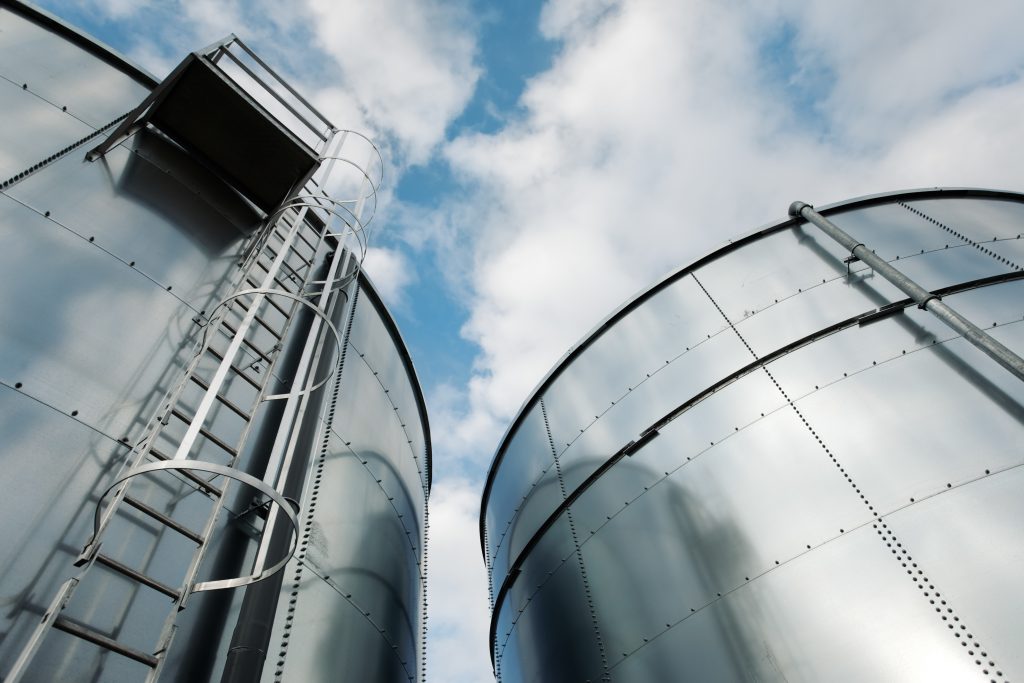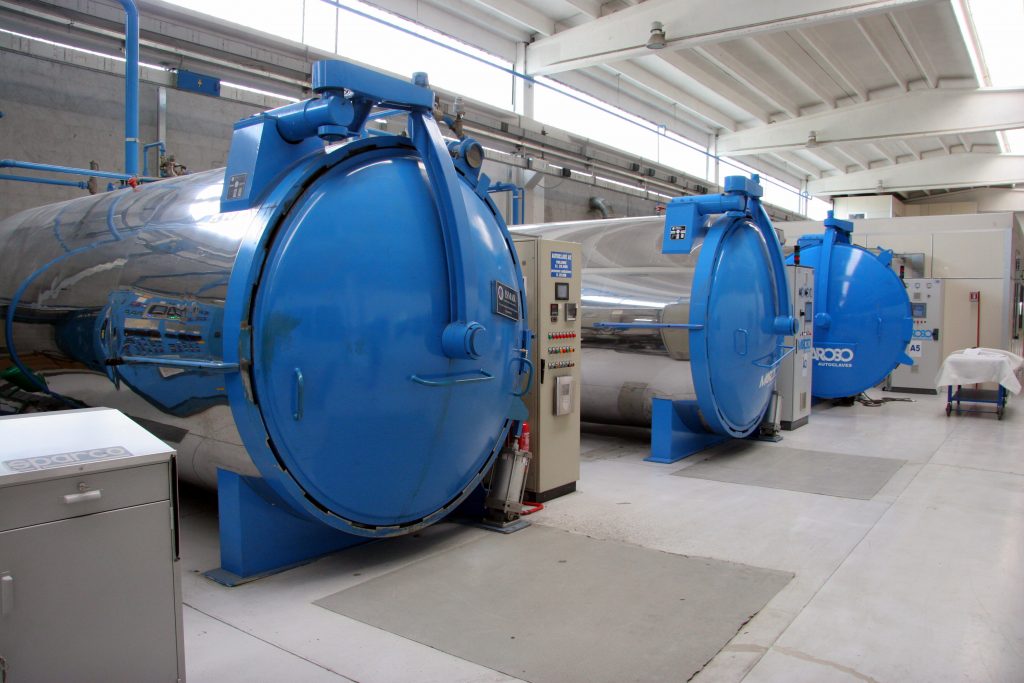When it comes to custom metal fabrication and welding stainless steel, there are three main methods that promise optimal results. Below, we take a look at each of these methods and highlight their benefits as well as when they should be used.
Resistance Welding
Resistance welding is one of the most common methods of welding used in custom metal fabrication, steel fabrication and mechanical engineering in general. It uses a low voltage to operate, and is an efficient welding method that can be completed with the simple push of a button. Resistance welding can be entirely automated and is therefore often considered to be the most cost-effective welding method. It is also known to produce fewer harmful fumes, making it the most eco-friendly choice too.
MIG Welding
MIG welding is also known as Metal Inert Gas welding. Its main advantage is that it is one of the fastest welding methods out of the three. And, therefore, it is ideal for use when welding thicker stainless steel. It also the welding method that is known for producing the least amount of splatter.
TIG Welding
When it comes to accuracy, you cannot go wrong with TIG welding, also known as Tungsten Inert Gas welding. It is the go-to welding method for thinner stainless steel and when minimal clean-up is required. TIG also ensures minimal electrode wear and provides a concentrated heat source which results in a stable arc and extra precision control.
As you can see, the three different methods of welding all have their own unique benefits and applications. Because of this, it is usually best to rely on contract manufacturing companies to decide on the best method for your project when it comes to custom metal fabrication.
For more information about the welding and custom metal fabrication process in general, do not hesitate to get in touch with the team at Rider Tool & Manufacturing Co.


